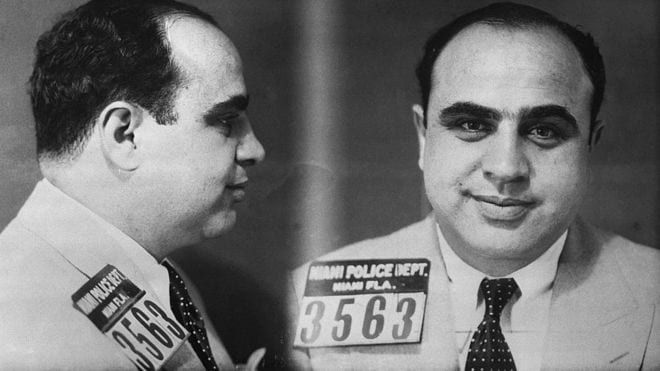Money laundering accounts for up to 5% of global GDP – or $2tn (£1.5tn) – every year, says the United Nations Office on Drugs and Crime. So banks and law enforcement agencies are turning to artificial intelligence (AI) to help combat the growing problem. But will it work?
Money laundering, so-called after gangster Al Capone’s practice of hiding criminal proceeds in cash-only laundromats in the 1920s, is a huge and growing problem.
“Dirty” money is “cleaned” by passing it through layers of seemingly legitimate banks and businesses and using it to buy properties, businesses, expensive cars, works of art – anything that can be sold on for new cash.
And one of the ways criminals do this is called “smurfing”.
Specialist software is used to arrange lots of tiny bank deposits that slip below the radar, explains Mark Gazit, chief executive of ThetaRay, a financial crime AI provider headquartered in Israel.
“A $0.25 transaction will never be spotted by a human, but transactions of that kind can launder $30m if they are done hundreds of millions of times,” he says.
And stolen money is often laundered to fund further criminal activity. One recent ATM (cash machine) scam cost banks €1bn (£854m) in total across 40 countries, for example.
“The gang hacked into thousands of ATMs and programmed them to release up to five notes at a certain time – say 3am – at which point a local criminal or ‘money mule’ would pick it up,” says Mr Gazit.
“The money was then converted into Bitcoin and used to fund human trafficking.”
“Money mules” are often recruited to launder this gang cash through their legitimate bank accounts in return for a fee.
“Estimates suggest that not even 1% of criminal funds flowing through the international financial system is confiscated,” says Colin Bell, group head of financial crime risk at HSBC.
Source: What’s the new weapon against money laundering gangsters? – BBC News


